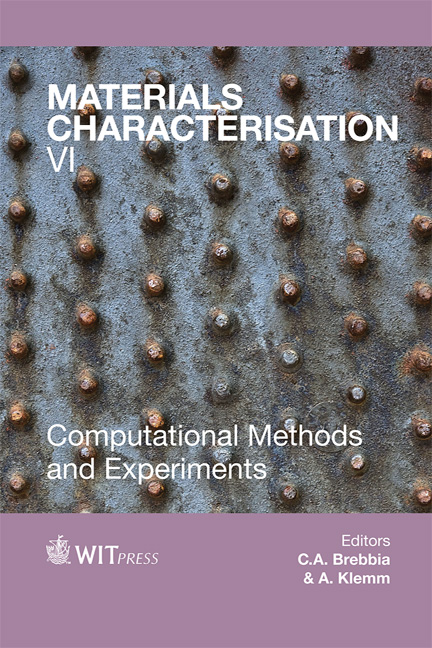Evaluation Of Energy Absorbing Materials Under Blast Loading
Price
Free (open access)
Transaction
Volume
77
Pages
12
Page Range
125 - 136
Published
2013
Size
1,156 kb
Paper DOI
10.2495/MC130111
Copyright
WIT Press
Author(s)
H. Bornstein & K. Ackland
Abstract
Traditional blast protection systems present a hard metallic surface, which acts to deflect and attenuate the blast loading. However, more recently, lightweight energy absorbing materials, including cellular materials, are being considered. These materials reduce the transmitted force by deforming elastically or plastically under the blast load. In this study, four commercially available energy absorbing materials were considered for application in blast protection. The materials considered were aluminium foam, Nomex® honeycomb, Skydex® and expanded polystyrene. The impulse transmitted by the rear face of experimental test panels under blast loading was assessed by positioning a mass on the rear face of each of the four panels, the velocity of which was measured using high speed imaging. Measurements of the permanent deformation of the rear face of the panels were also taken. The aluminium foam recorded both the lowest permanent deformation and impulse transfer to the mass of the materials tested, making it the most suitable material of those tested for use as an appliqué panel in this particular scenario. Analysis of the panels suggested that for the particular experimental setup used, minimal energy was absorbed by plastic deformation or crushing of the energy absorbing materials. Instead, the permanent deformation of the panels may be related to the mechanical properties of the materials in the plane perpendicular to the blast load. Keywords: energy absorbing materials, blast, blast testing.
Keywords
energy absorbing materials, blast, blast testing





